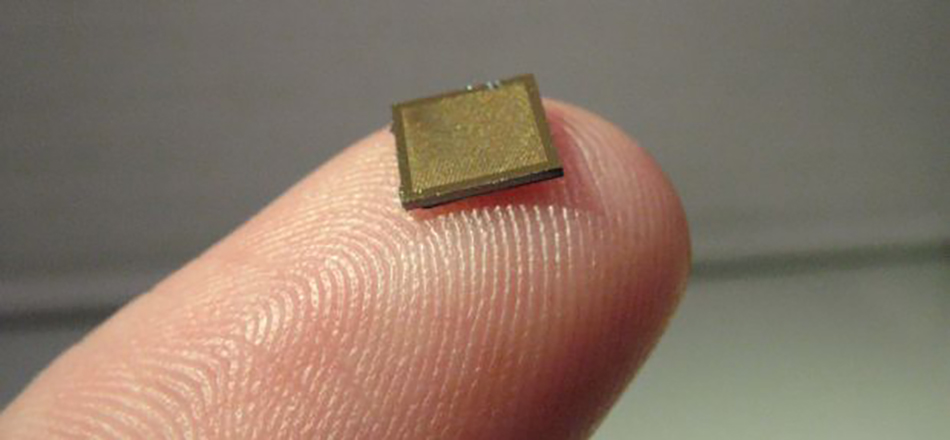Queensland Biotechnology startup, Vaxxas has formed a new partnership with Queensland Micro and Nanotechnology Centre (QMNC) at Griffith University to help boost nanotechnology commercialisation.
Vaxxas hold patents over one of the world most exciting biotechnology products, the Nanopatchâ„¢, which is a safer, more reliable and durable delivery system for vaccines than needles. QMNC is one of Queensland’s most advanced laboratories, previously focussing on new technologies in energy storage and distribution.
The agreement with Griffith sees a Vaxxas micro-manufacturing specialist employed full-time within the manufacturing laboratory at the Nathan campus, building precision-machined parts and equipment for Vaxxas.
The exchange of resources, rather than money, is not new within the industry, though at a University it usually involves research, rather than technical expertise.
The deal was brokered by the University’s commercialisation office, Griffith Enterprise and is part of a broader advanced manufacturing drive Griffith has been developing over the last five years.
Director of QMNC, Professor Nam-Trung Nguyen, has welcomed the agreement.
“We have been working with Vaxxas since 2013, so this agreement is largely about formalising an aspect of our relationship,” Professor Nguyen said.
“QMNC is committed to maximising the value to society of our research by getting it into the market as quickly and efficiently as possible, with as close to a complete solution as science can offer.
“Vaxxas is an important Queensland startup that is looking to take a technology concept from the laboratory to a commercial product on the global market. Being able to support this endeavour and potentially collaborate on research and development activities will be an enormous help for QMNC and Griffith to achieve its ambitions,” he said.
The Nanopatchâ„¢ is a vaccine delivery technology consisting of thousands of vaccine-coated microprojections that perforate the outer layers of the skin. The tips of microprojections are coated with a vaccine material that releases directly to the key immune cells immediately below the skin surface.
Results in model systems have demonstrated that delivery of vaccine to the skin by the Nanopatchâ„¢ can result in increased effectiveness of immune response, which may reduce the dose required. Vaxxas recently completed a successful first-in-human vaccination study.
QMNC has a track record of excellence in the design and manufacturing of microelectronics in energy storage and distribution. This agreement enables them to acquire expertise in the high growth area of manufacturing of health technologies.
The agreement between Griffith and Vaxxas is ongoing and could build greater partnerships in the future.
